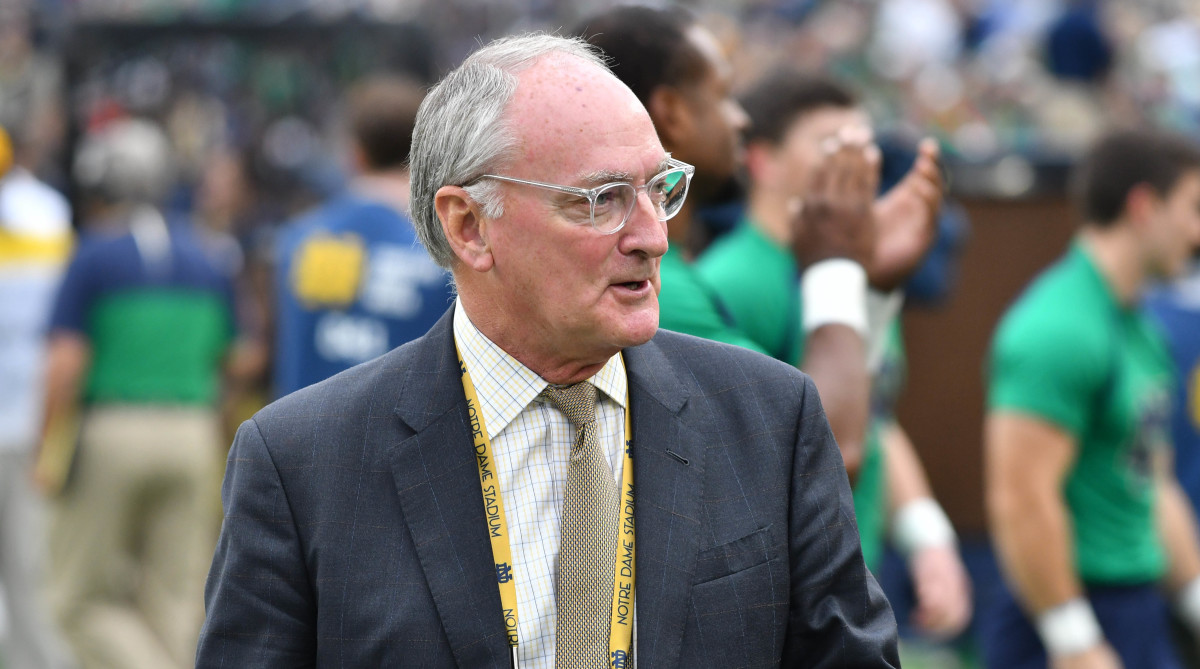WindyCityGopher
Well-known member
- Joined
- Apr 8, 2013
- Messages
- 4,585
- Reaction score
- 5,085
- Points
- 113

Notre Dame AD Jack Swarbrick says total Division I realignment is ‘inevitable’ - Sports Illustrated
Wholesale change is unavoidable in college athletics. The Fighting Irish athletic director thinks a total realignment of Division I is coming with it.
Notre Dame athletic director Jack Swarbrick told Sports Illustrated that he believes the breakup of college sports at the NCAA Division I level is “inevitable,” and puts a potential target date on that seismic change as the mid-2030s. Swarbrick also said there are “so many” schools trying to leave their current conferences, but they’re handcuffed by existing contracts.
